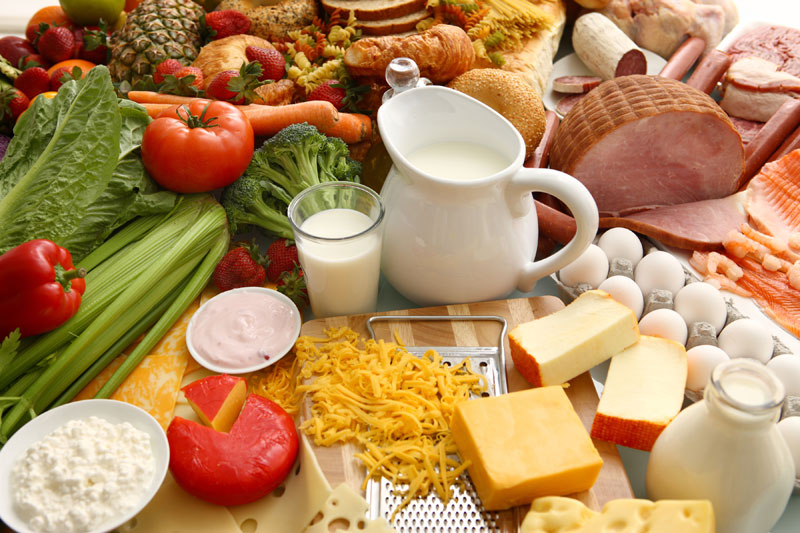
Today’s topic is all about that protein sources and how to get enough into your diet.
As a meat eater, you probably think that getting enough protein into my diet should be easy, right? Fortunately, it’s easier now but, it wasn’t like that all the time.
When I first got into fitness about 4.5 years ago, I struggled with eating protein. I thought I had to eat meat all time with all my meals to just hit my protein goal. I couldn’t imagine stuffing my face with all that meat all day, every day. After doing a lot of research and finding foods that I could eat and afford, I was able to spread out my food intake throughout the day evenly and hit protein with ease.
First, I incorporated Meatless Mondays for a year and a half. Then focused on having one vegetarian meal a day until roughly 4 months ago. I found it very therapeutic and refreshing not have meat with every meal and try other sources of protein.
The Science of Protein
Amino acids are the building blocks of protein. There are 20 amino acids that can form a complete protein. However, the body cannot produce nine of these amino acids. These 9 amino acids are known as essential amino acids because in order for a protein to be “complete”, it must consist of all nine of these amino acids.

There are “complete” and “incomplete” proteins. You can eat a variety of fruits, vegetables, grains, legumes etc and still get consume all nine of these amino acids. Incomplete proteins (proteins that do not contain all nine essential amino acids) are not inferior to complete proteins. You just have to combine with other foods to make it complete. You don’t have to ensure that you eat all nine essential amino acids in every meal that you eat, you only need a sufficient amount of each. If you are a vegetarian or vegan, getting protein into your diet is not that difficult.
Complete Protein Sources
- Quinoa – plant based and roughly 8g of protein per serving
- Chia seeds – plant based and roughly 4g-5g of protein per serving
- Eggs – roughly 6g-7g of protein per serving
- Meat (beef, chicken, turkey, bison etc.)
- Fish (salmon, tuna, mackerel, tilapia, sardines etc.)
- Dairy products (milk, greek yoghurt, cottage cheese etc.)
- Ezekiel Bread – plant based and roughly 8g of protein per two slices of bread
- Soy (tofu, tempeh & natto) – plant based ranging from 10g-15g per serving
Incomplete Proteins
- Nuts & seeds
- Legumes
- Grains (rice, oats, wheat, barley, corn etc.)
- Vegetables
Incomplete proteins like the ones listed above can be combined with complementary proteins to become complete. Some of my favourite dishes are:
- Rice & beans
- Hummus & whole-grain pita
- Nuts & sunflower seeds thrown in a salad (not just lettuce or spinach but a colourful salad 😉)
There are many more protein sources out there but just remember that the key to eating protein is balance. It is such a vital macronutrient that is needed in our bodies, not only for muscle growth but digestion, metabolism, production of antibodies, your brain, your liver etc.
If you want to read some more articles on protein, see the links below:
- Amino Acids Guide
- How much protein do you need every day?
- International Society of Sports Nutrition: Protein & Exercise

Until next time,
Folakemi Olamide
Discover more from Confidence Through Fitness
Subscribe to get the latest posts sent to your email.



Hello my friend! I want to say that this post is amazing, nice written and include approximately all vital infos. I’d like to see more posts like this.
Hello and thank you so much. It really means a lot that you are reading them and are enjoying the posts.